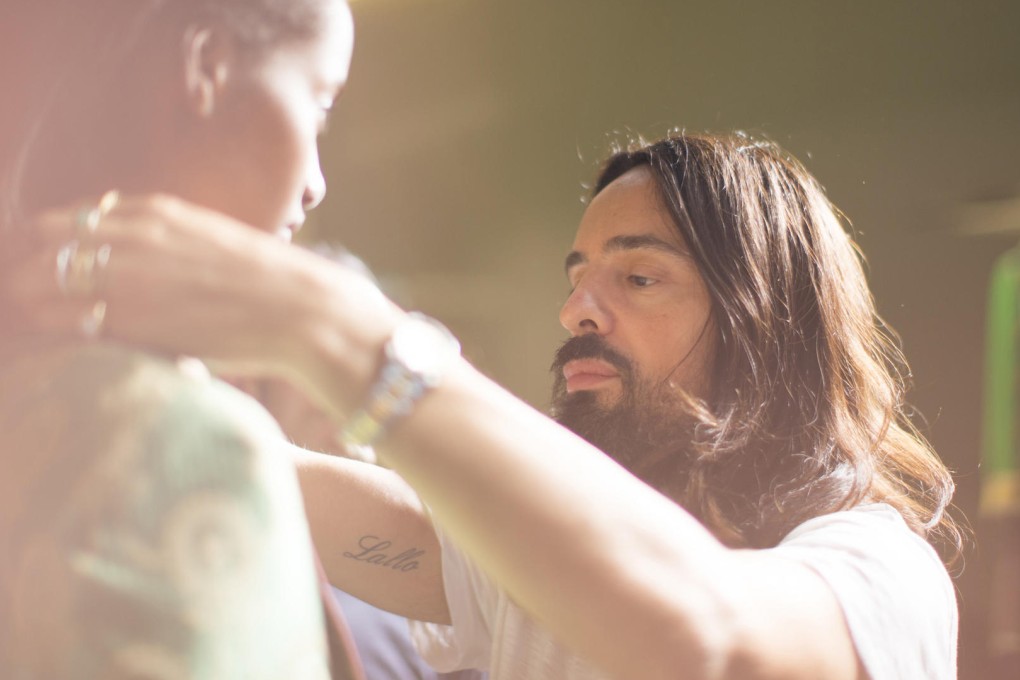Interview: Gucci's Alessandro Michele on why he has no wish to be a celebrity
The Italian brand appears to have hit pay dirt with its new creative director. Alessandro Michele is fuelled by romance, not rules, and he has no desire for celebrity status, Jing Zhang finds.

"It was like a love affair," says fashion's designer du jour, Alessandro Michele, of having just five days to throw together his first Gucci show and collection when he took over the label, in January.
"I was in love and I'm still in love. If someone gives you the opportunity to express something so beautiful in a very natural way, it's the best thing in the world. I didn't feel the pressure; I was not scared. The only mission was to make something beautiful that came with honesty."
Michele's revival of Gucci has been compelling. Ever since that menswear autumn-winter 2015 show, his stewardship has been a wonderful flurry of romance and eccentric maximalism: vivid colours and a fresh, quirky style created with playful retro codes. Jaunty berets, nerdy glasses, pleated skirts, silky blouses with bows tied at the neck, rich floral prints, lingerie, lamé and accessories that have become immediately iconic - namely, fur-lined slippers. The fashion set has fallen in love with his work hook, line and sinker.
Michele's own look is part bohemian artist, part 1970s flower child. His long dark hair is loose and he's wearing a silky, patterned neckerchief, a red and white striped top and rings from his vast antique collection on almost every finger. He's beaming and chatting passionately at speed with Italian flourish. There's something innocent and playful about this bearded 42-year-old.

The designer is in Shanghai. As he speaks, he glances out of the window of his Puli Hotel suite at the structures of glass and metal changing colour as the sun starts to set over Jingan, the city's commercial centre. It's been three years since his last visit, says Michele.
"There is something in Shanghai that is very exciting and alive - the idea of a city with two different souls, one from today and another from a long time ago is amazing. Here you have a fruit salad of every kind of architecture; it's really unique, all together it makes for something unbelievable.